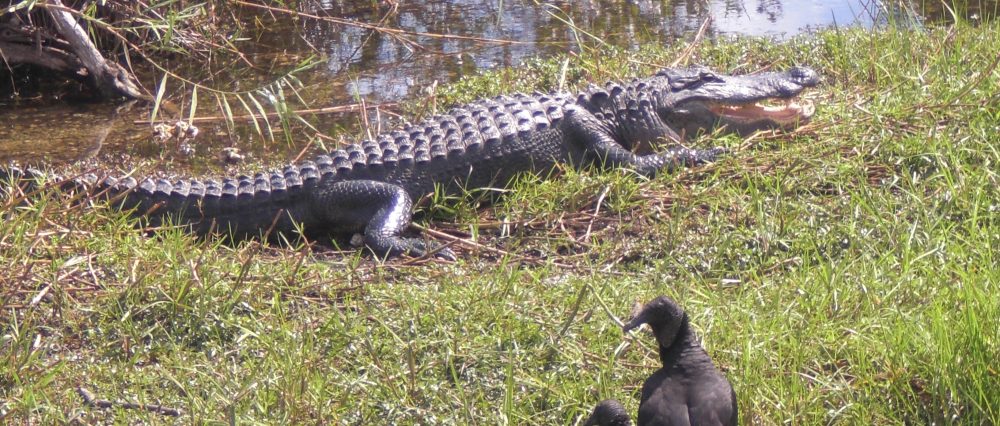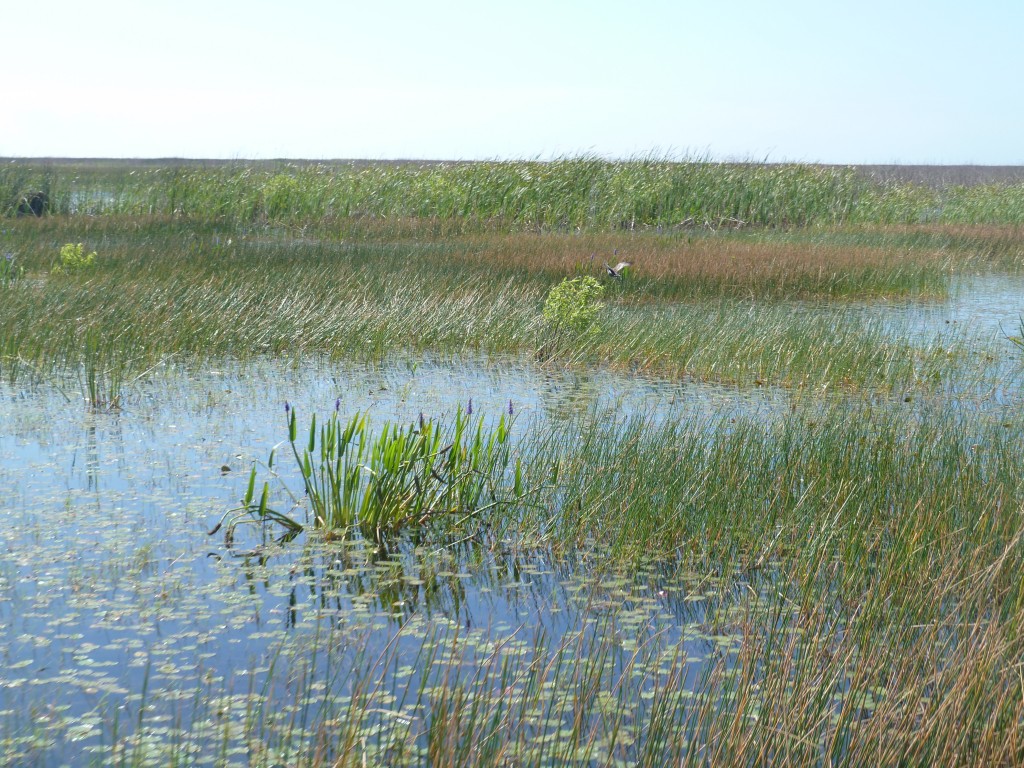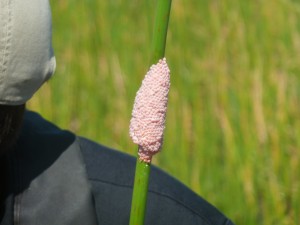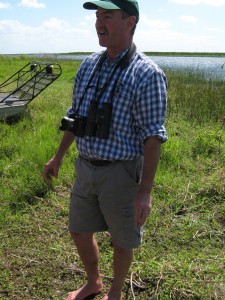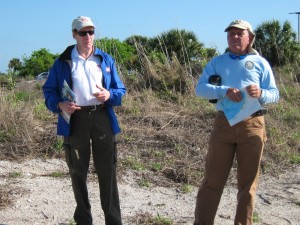Lake Okeechobee is a study in dynamics
By Caitie Parmelee
Lake Okeechobee, which for decades has suffered from pollutants and fluctuating water levels, in the last year has shown signs of improvement. But it depends on where one looks.
While the marsh has been an area of focus since 2001 and is doing relatively well, the middle of the lake still needs a lot of work.
Still, Don Fox, biological administrator for the Florida Fish and Wildlife Conservation Commission, said things seem to be looking up for the first time in years.
“The system is really in a recovery state right now,” Fox said. “Probably the best shape ecologically it’s been in the last 15 years.”
Lake Okeechobee is one of the largest fresh-water lakes in the country, covering about 730 square miles. However, it only has an average depth of about nine feet.
The marsh, which comprises 22,000 acres of the lake, is extremely shallow at a depth of approximately two to three feet, allowing plants to grow out of the water.
During a tour of the lake Paul Gray, Okeechobee science coordinator for Audubon of Florida, pointed out one such marsh plant, the bladderwort, would not have been in the lake a few years ago.
“This yellow, carnivorous plant is a sign of low nutrient water,” Gray said, which is an indication of healthy water.
As Gray and Fox led a group around portions of the lake they said that some indicators of a healthy lake are the snail kites, bulrush and black crappies. The first two are currently doing well, but the snail kites remains an area of concern.
From 1998 to 2011, the population of snail kites fell from 3,400 to 700. High water levels from hurricanes in 2004 drowned out their habitat and three years later, a drought killed many of the kite’s primary food supply, native apple snails.
An invasive species of snails, however, seems to be saving the snail kites. The exotic snails are twice the size of apple snails and more tolerant of the wet and dry cycles at the lake. Although they were initially too big for the kites to manage, the birds seem to be adapting to finding smaller snails to eat. Of the 700 recorded snail kites last year, 200 were babies.
Historically, Lake Okeechobee is a low-nutrient environment. The lake, as well as the rest of the Everglades, produces small amounts of phosphorus, which means that even a small increase in nutrients disrupts the ecosystem. Higher levels are toxic to the lake.
Decades of nearby farming, however, have increased phosphorus in the lake. According to Gray, the ideal level of phosphorus would be 40 parts per billion, meaning it should only be receiving 100 tons per year. In reality, the lake has 500 tons of phosphorus going into the water annually.
That can lead to the growth of plants such as cattails, which are not native to the Everglades, and which displace the native sawgrass, disrupts wildlife habitat and ultimately leads to a shift in the ecosystem.
The second major threat to the lake has been fluctuation in water levels. Before the Hoover Dike was built in the late 1920s, the elevation of the lake was around 18 feet. It is currently 10 feet high, while the ideal elevation from an ecological standpoint is 12 to 15 feet.
“Some people say why don’t you just take the dike out?” Gray said. “Well, we try to keep the lake between 12 and 15 feet; if we took the dike out, it would drop down to ten.”
If the water levels were to drop, there would not be enough for the farmers and cities that rely on the lake as a water source. Removing the dike would also create a flooding hazard during the hurricane season.
High water levels can be just as damaging to the lake as low levels. When the water gets too high, it drowns out the vegetation and habitat, causing the organic material to sink and build up at the bottom of the lake.
Stuart Appelbaum, chief of the planning and policy division in Jacksonville, Fla. for the U.S. Army Corps of Engineers, said that phosphorus lying in the bottom of the lake has built up over time and remains a big problem.
Appelbaum said the process of removing the nutrients is “expensive and not feasible,” but it needs to be done. The corps is currently in the process of planning what can be done about the issue. Some organic material was removed a few years ago when a drought dropped lake levels.
“You want dynamics,” Fox said. “I wouldn’t want the lake low all the time; I wouldn’t want the lake high all the time.”
According to Fox, there are too many variables in play to say whether the lake will continue to improve. For the present, though, he would give the marsh a B‑plus for health.
Compared to the marsh, however, Gray would only give the middle a D‑minus.
“This water doesn’t mix with the middle of the lake,” Gray said. “This water quality could be very, very good; it would be like five, ten parts per billion, where the middle of the lake is really polluted. And so we tell people the lake is polluted and they think the lake is ruined – it’s not. The marsh can be very healthy even though the middle of the lake has a big mud bottom and it’s a problem.”
